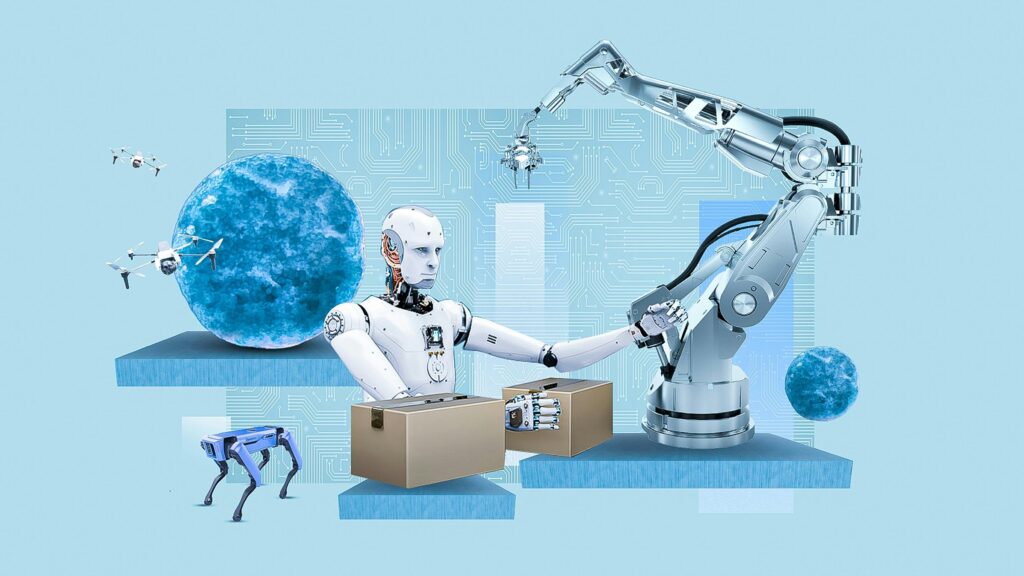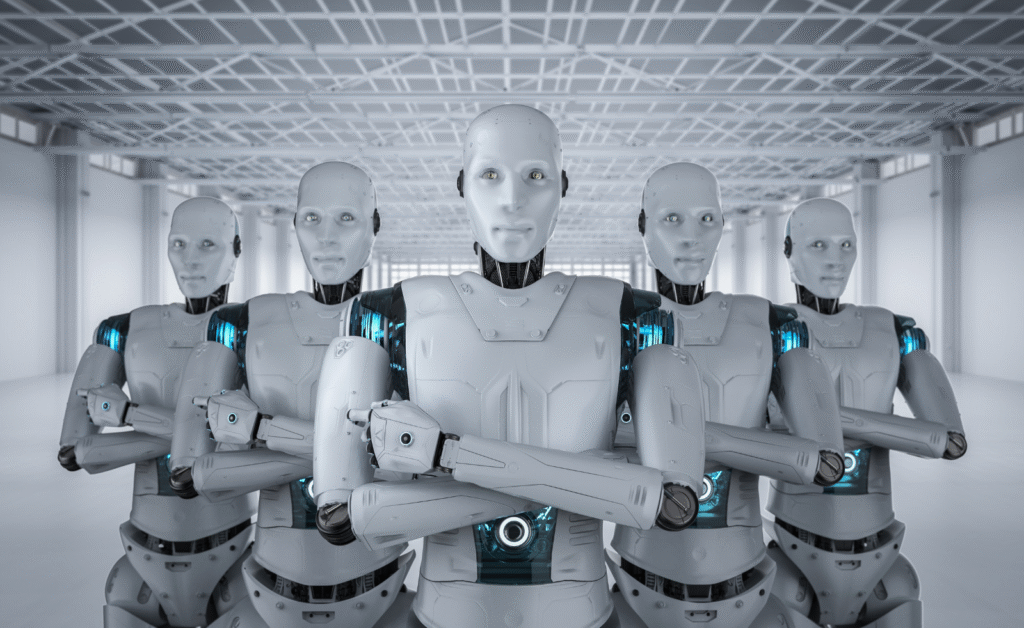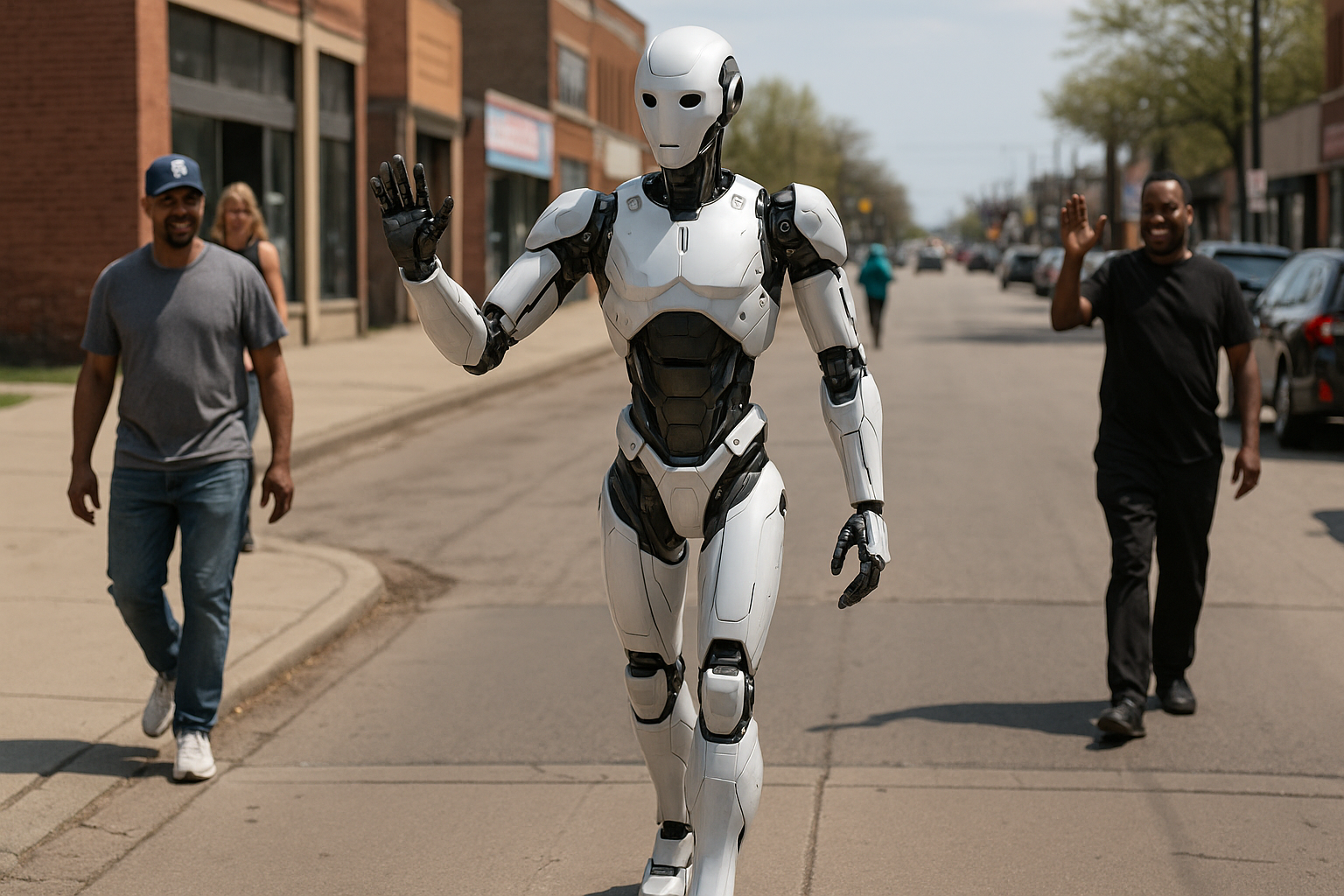It’s not every day that you see a human-like robot in Detroit casually walking down 7 Mile Road, waving at bystanders and even stopping to shake hands. But for many Detroiters, this isn’t a scene from a futuristic sci-fi movie it’s real life. The strikingly lifelike figure is part of a growing trend in immersive robotics entertainment, led by the Interactive Combat League (ICL), which is drawing attention from tech fans, families, and even combat sports enthusiasts.
Located at 21630 W. 7 Mile Road, the ICL has transformed Detroit into a testing ground for human-robot interaction, entertainment, and competition. The goal? To blur the lines between man and machine in a way that’s thrilling, safe, and socially engaging.
More Than a Gimmick The Purpose Behind the Bot
While it might seem like a flashy PR stunt, the human-like robot in Detroit serves a deeper purpose. According to ICL co-founder Marcus Renner, this initiative isn’t just about turning heads it’s about creating a new era of entertainment where humans and robots coexist and compete.
“We wanted to bring science fiction to life not just as spectators, but as participants,” says Renner. “Our robots aren’t just AI-driven machines; they’re characters, performers, and athletes all in one.”
The robot’s stroll through Detroit streets is meant to introduce locals to the league’s main attraction full scale robot fights that combine elements of “Rock ‘Em Sock ‘Em Robots” and the cinematic thrills of “Real Steel.”
Turning Motor City into Mecha City
Detroit’s industrial legacy makes it a fitting place for robotic innovation. A case study conducted by the Michigan Institute of Robotics and Automation highlights how public robotics demonstrations can positively influence community engagement, particularly in post industrial urban areas.
The human-like robot in Detroit serves as a mobile ambassador, sparking curiosity and breaking down the fear or alienation often associated with humanoid technology. Following the robot’s first appearance, local businesses in the 7 Mile area reported a 12% increase in foot traffic, demonstrating how robotics can benefit urban economies in unexpected ways.

Expert Insights on the Rise of Robotic Entertainment
To better understand the implications of these public displays, we spoke with Dr. Elena Marquez, a robotics ethicist at Wayne State University. She believes Detroit is at the forefront of an emerging cultural shift. “We’re witnessing the normalization of robots in public life. What makes the human-like robot in Detroit significant is not just its appearance but its interaction with people waving, shaking hands, making eye contact. This promotes emotional accessibility.”
Marquez adds that such initiatives can help build public trust in AI and robotic systems, an essential step as society moves closer to integrating robots into everyday life.
The Interactive Combat League Experience
At the ICL facility, visitors aren’t just spectators they’re invited into the ring, behind the scenes, and even inside control booths. The league allows guests to experience robot combat up close, sometimes even controlling non lethal sparring bots in real time.
The stars of the show, however, are the human-like robots that are designed for entertainment and simulated combat. These bots use a mix of AI and human teleoperation to perform acrobatic moves, realistic punches, and crowd-pleasing gestures. “When I first saw the robot walking down the block, I thought it was a guy in a suit,” says DeShawn Lee, a local barber. “But when it started moving like a machine and did a backflip man, I was floored. I had to go see where it came from.”
Lee and many others have since become regulars at the ICL events, proving that this blend of tech and showmanship is more than a novelty it’s a cultural event.
Why Detroit? Why Now?
There’s no denying the symbolism. Detroit, once the beating heart of America’s auto industry, is reinventing itself through robotics. The human-like robot in Detroit embodies this transformation from factories to future forward entertainment. Local officials are paying attention too. City council member Linda Garrison recently visited the ICL facility and praised its potential for attracting tech tourism and educational partnerships. “Detroit has the talent, the legacy, and now the vision to lead the robotics movement,” Garrison noted.
“This isn’t just about fun and games. It’s about reclaiming our innovative spirit.”

The Future of Public Robot Integration
The ICL’s public rollout strategy is already being studied by urban planners in Chicago and Atlanta. By integrating human-like robots into communities through entertainment and education, cities can reduce tech anxiety and spark youth interest in STEM fields.
Plans are underway for robot hosted school tours, community outreach events, and even AI-powered storytelling sessions for children. The human-like robot in Detroit may soon become a role model in more ways than one.
More Than Just Metal
As the dust settles and the excitement builds, one thing is clear the human-like robot in Detroit is more than a machine. It’s a symbol of innovation, community, and the powerful intersection of entertainment and technology.
Whether you’re a tech enthusiast, a parent looking for a family outing, or someone who simply loves to see the future unfold before their eyes, Detroit’s robot revolution has something for everyone.


1 thought on “Human-Like Robot in Detroit Stuns Public as Interactive Combat League Blurs Line Between Man and Machine”